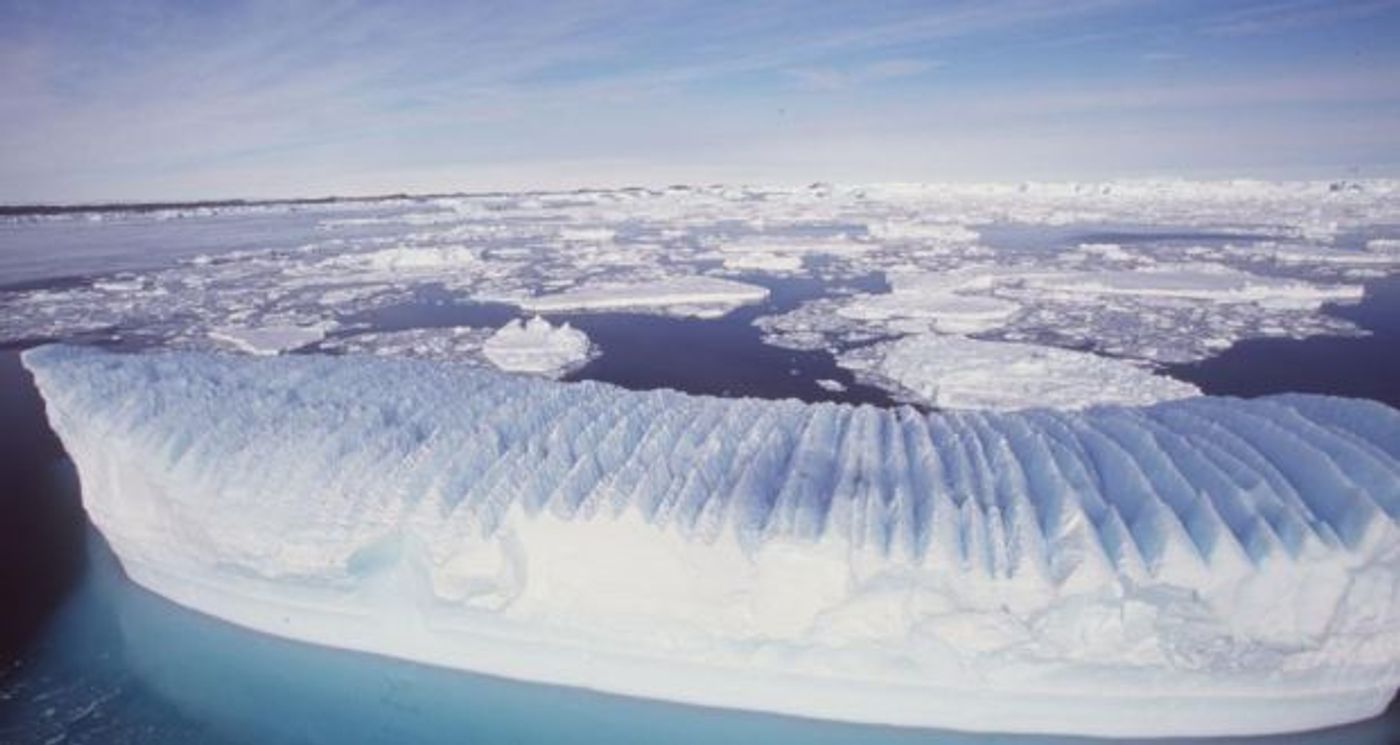Snow melt in West Antarctica surprises researchers
A study recently published in the journal Nature Communications reports that a two-week warm spell in January 2016 caused melting of an area of West Antarctica more than twice the size of California. The team of researchers has concluded that the melting was due to warm winds from a particularly extreme El Niño event.
Until now, no evidence has been documented to point a finger to how warm air can cause widespread melting from above. Which is why the scientists were surprised when they looked at satellite data and saw an area of about 300,000 square miles with a mix of melted snow and ice over most of the Ross Ice Shelf. The Ross Ice Shelf is a thick sheet of floating ice that accounts for roughly one third of the ice flowing from the West Antarctic Ice Sheet into the ocean.
"What probably happened is that the surface snowpack was able to contain the meltwater, acting as a buffer and preventing the formation of melt ponds and streams that can be common on some Antarctic ice shelves," said Julien Nicolas, lead author of the paper, "but we cannot rule out the presence of standing water in many locations."
The scientists say that it is no coincidence in timing that the melting and the strong El Niño that swept over the region aligned. An El Niño can trigger warm waters from the equatorial Pacific Ocean to move east while at the same time directing warm air towards West Antarctica. Luckily for the West Antarctic Ice Sheet (WAIS), the region also experiences intense westerly winds that blow over the ocean to the north of the continent. "Without the strong westerlies, it's likely there would have been much more melting," Wilson said.
Climate models have shown that if the westerly winds are weak, warming and subsequent melting can impact the WAIS even more. But what made the winter of 2016 concerning was that the westerly winds were significantly strong, and the melting happened anyway. This is frightening when looking toward the future.
Coauthor David Bromwich elaborated by saying: "In West Antarctica, we have a tug-of-war going on between the influence of El Ninos and the westerly winds, and it looks like the El Ninos are winning," he said. "It's a pattern that is emerging. And because we expect stronger, more frequent El Ninos in the future with a warming climate, we can expect more major surface melt events in West Antarctica."
Sources: Nature Communications, Science Daily









